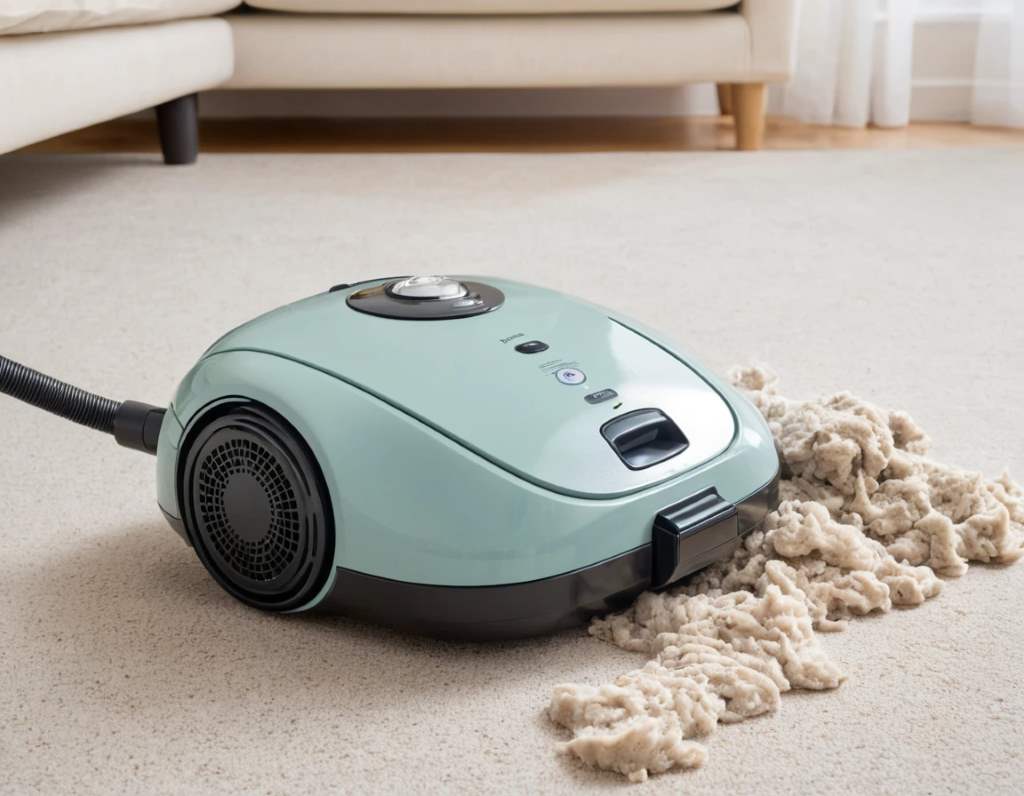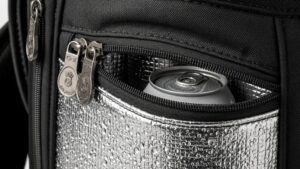Top Dust Mite Allergy Vacuum Recommendations for a Healthier Home

Dust mites are microscopic pests found in homes all over the world. While they don’t bite or sting, their waste particles and decomposing bodies can trigger severe allergic reactions. If you or someone in your family suffers from sneezing, coughing, or breathing issues indoors, dust mites might be the culprit.
Millions of Americans experience dust mite allergies. According to the Asthma and Allergy Foundation of America (AAFA), dust mites are one of the most common indoor allergens. Vacuuming regularly is one of the best ways to reduce these allergens in your home. But not just any vacuum will do. To truly combat dust mites, you need a model designed for allergy relief.
In this blog, we’ll share our top vacuum recommendations, explain what features to look for, and how to use them effectively. We’ll also share a personal story to help you connect with the importance of finding the right vacuum. For more detailed product suggestions, be sure to explore Best Vacuum Cleaner.
How a Specialized Vacuum Can Help Dust Mite Sufferers
Many standard vacuums stir up allergens instead of trapping them. This can make allergy symptoms worse. That’s why it’s essential to use a vacuum designed with HEPA filters, strong suction, and sealed systems to lock in dust and allergens.
When shopping for an interior vacuum cleaner, especially one for allergy control, certain features are non-negotiable. I learned this the hard way. My youngest daughter began having sneezing fits every morning. It wasn’t until we switched to a vacuum with a certified HEPA filter that we noticed a real difference. Her mornings went from sniffles and tears to smiles and smooth breathing.
Here are key features you should look for:
- True HEPA Filter: Traps 99.97% of allergens down to 0.3 microns.
- Sealed System: Ensures allergens don’t escape through the exhaust.
- Strong Suction Power: Pulls allergens from deep within carpets and furniture.
- Bagged System (Optional): Some prefer bagged vacuums because they release fewer allergens when emptied.
According to a study by the National Institutes of Health, HEPA filters significantly reduce airborne dust mite allergens when used regularly in home cleaning routines.

Top Dust Mite Allergy Vacuum Recommendations
Choosing the right vacuum is critical. We’ve narrowed down the top models based on features, allergy certifications, ease of use, and consumer reviews. These vacuums are reliable for long-term allergy control.
1. Miele Complete C3 Marin Canister Vacuum
This high-end vacuum is a favorite among allergy sufferers. With a sealed system and genuine HEPA AirClean filter, it offers exceptional filtration.
- Why It’s Great: Miele’s sealed system ensures that nothing escapes the vacuum.
- Bonus: It’s whisper-quiet and comes with multiple floor attachments.
- Downside: It’s expensive, but worth the investment for long-term allergy relief.
According to Consumer Reports, Miele vacuums consistently score high for filtration and durability.
2. Dyson Ball Animal 2 Upright Vacuum
Ideal for homes with pets and allergies, the Dyson Ball Animal 2 offers powerful suction and whole-machine HEPA filtration.
- Why It’s Great: Powerful suction tackles embedded dust mites in carpet.
- Bonus: It’s certified asthma- and allergy-friendly.
- Downside: Can be a bit bulky for small apartments.
3. Shark Rotator Powered Lift-Away TruePet (NV752)
A budget-friendly option with excellent features. It has a sealed system and HEPA filter, plus it converts into a handheld vacuum.
- Why It’s Great: Offers versatility for stairs, upholstery, and hard floors.
- Bonus: It’s less than half the price of premium brands.
- Downside: Slightly heavier than competitors.
Each of these vacuums meets the needs of people dealing with indoor allergens and has thousands of satisfied user reviews. Explore Unclogging Car AC Drain with Simple DIY Methods.
Best Practices for Using Your Vacuum to Reduce Dust Mites
Owning the best vacuum is only part of the solution. How you use it matters just as much. Many people make the mistake of vacuuming too quickly or infrequently. Follow these steps for best results:
- Vacuum Slowly and Methodically: Rushing leaves allergens behind.
- Vacuum High-Traffic Areas Twice Weekly: Focus on bedrooms, carpets, and upholstery.
- Use the Attachments: Dust mites live on mattresses, curtains, and furniture too.
- Replace or Clean Filters Regularly: A dirty filter can blow allergens back into the air.
- Wear a Mask While Vacuuming: Especially if your allergy symptoms are severe.
Tip: After vacuuming, consider airing out the room or running an air purifier to catch any loose particles.
A recent article from Healthline emphasizes the importance of routine vacuuming, especially in bedrooms, where dust mite populations are highest.
How the Right Vacuum Changed Our Family’s Life
A few years ago, I thought our home was clean. But when my daughter developed chronic allergies, we had to reevaluate everything. Our old vacuum looked powerful, but it lacked a HEPA filter and wasn’t sealed. Each time I cleaned, I was unknowingly releasing dust mite waste back into the air.
We did our homework and bought a Miele Complete C3. Within weeks, her symptoms improved. No more morning sneezing or red, itchy eyes. The biggest lesson? Cleaning with the wrong tools does more harm than good. Since then, I’ve recommended allergy-friendly vacuums to every family dealing with similar issues.
Additional Tips to Minimize Dust Mite Exposure
In addition to using a quality vacuum, there are other simple ways to reduce allergens at home:
- Wash Bedding Weekly: Use hot water above 130°F to kill mites.
- Use Dust-Mite Proof Covers: Encase pillows and mattresses in allergen-proof fabric.
- Maintain Low Humidity: Dust mites thrive in humidity over 50%. Use a dehumidifier if needed.
- Replace Carpets with Hard Flooring: If feasible, especially in bedrooms.
- Clean Upholstery and Curtains Monthly: These are hidden dust mite havens.
These steps work together with proper vacuuming to create a healthier indoor space for allergy sufferers.
Final Thoughts
Choosing the right vacuum for dust mite allergies can be life-changing. Whether you’re new to allergy care or have struggled for years, a high-quality vacuum is one of the best defenses.
Look for a model with a HEPA filter, a sealed system, and strong suction. Combine that with regular use and smart cleaning habits. You’ll be surprised how quickly the air feels fresher and your symptoms fade.
Don’t wait for symptoms to get worse. Take action now—your lungs will thank you.
Do you have a favorite vacuum for allergies or a story to share? Leave a comment below or share this post with someone who needs it!
FAQs
What is the best vacuum cleaner for dust mite allergies?
The Miele Complete C3 and Dyson Ball Animal 2 are top choices for allergy sufferers due to their HEPA filters and sealed systems.
Do all HEPA vacuums work against dust mites?
No, only true or certified HEPA vacuums with sealed systems effectively trap and lock in dust mite allergens.
Can vacuuming alone eliminate dust mites?
No, but it’s a crucial part of a multi-step approach, including washing bedding and controlling humidity.
How often should I vacuum if I have dust mite allergies?
At least twice a week, focusing on bedrooms and high-traffic areas for best results.
Is a bagged or bagless vacuum better for allergies?
Bagged vacuums are often better because they release fewer allergens when emptied.








